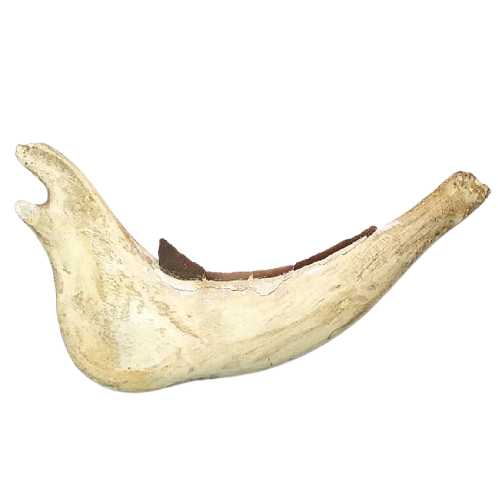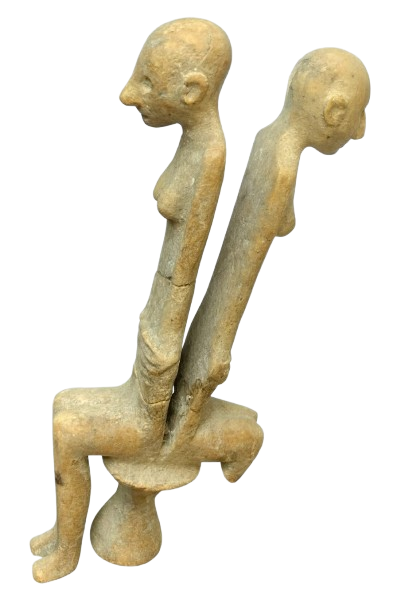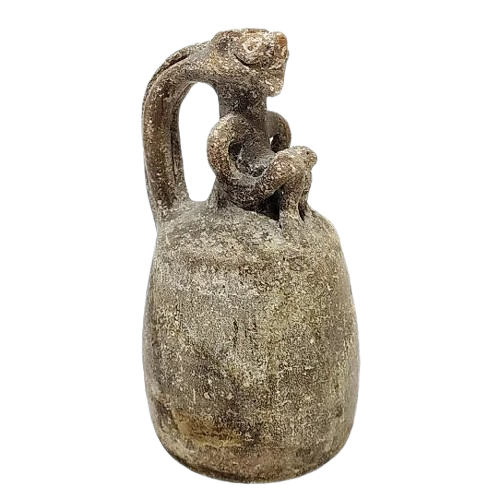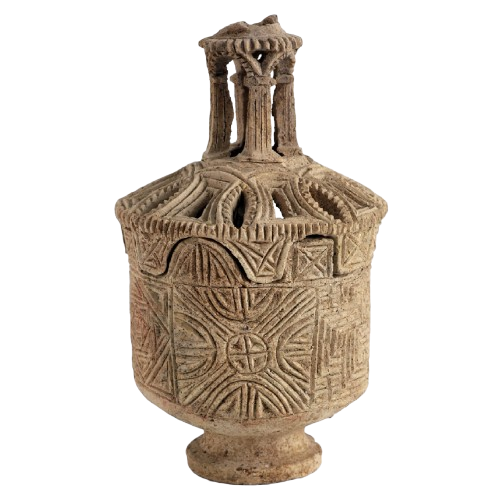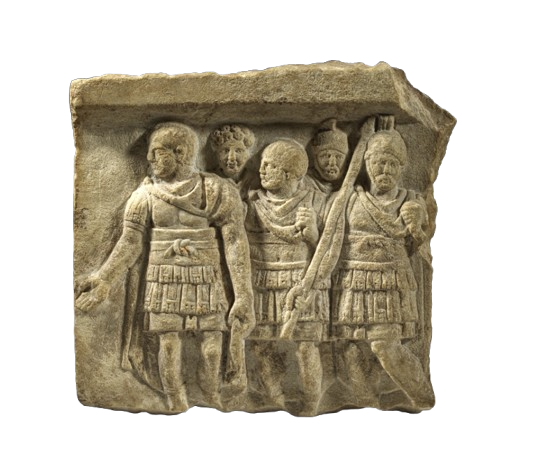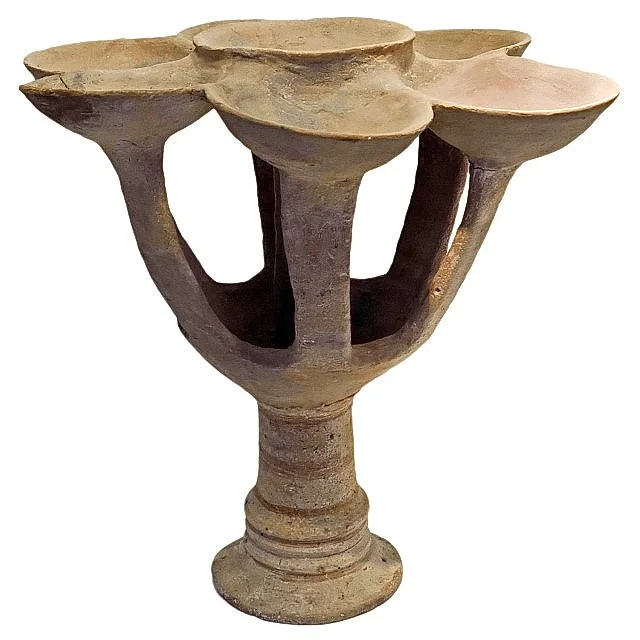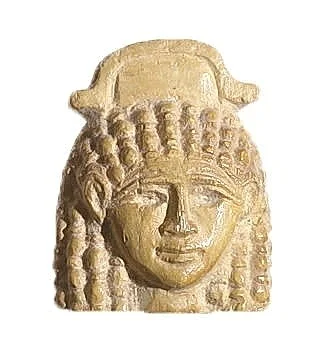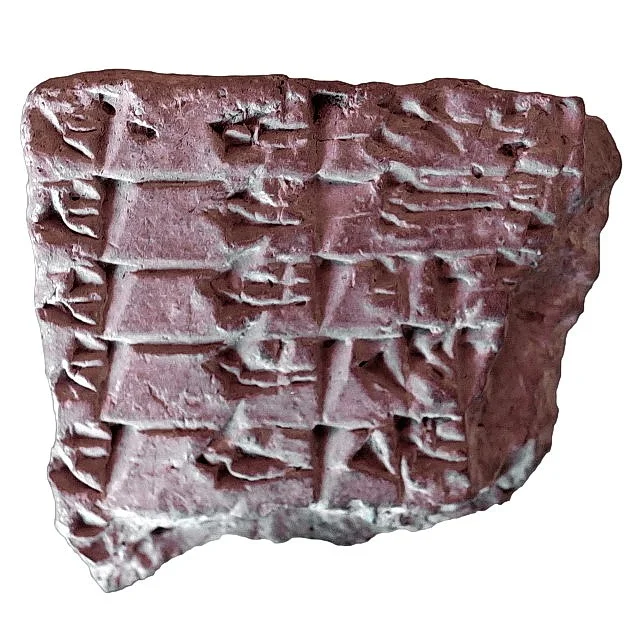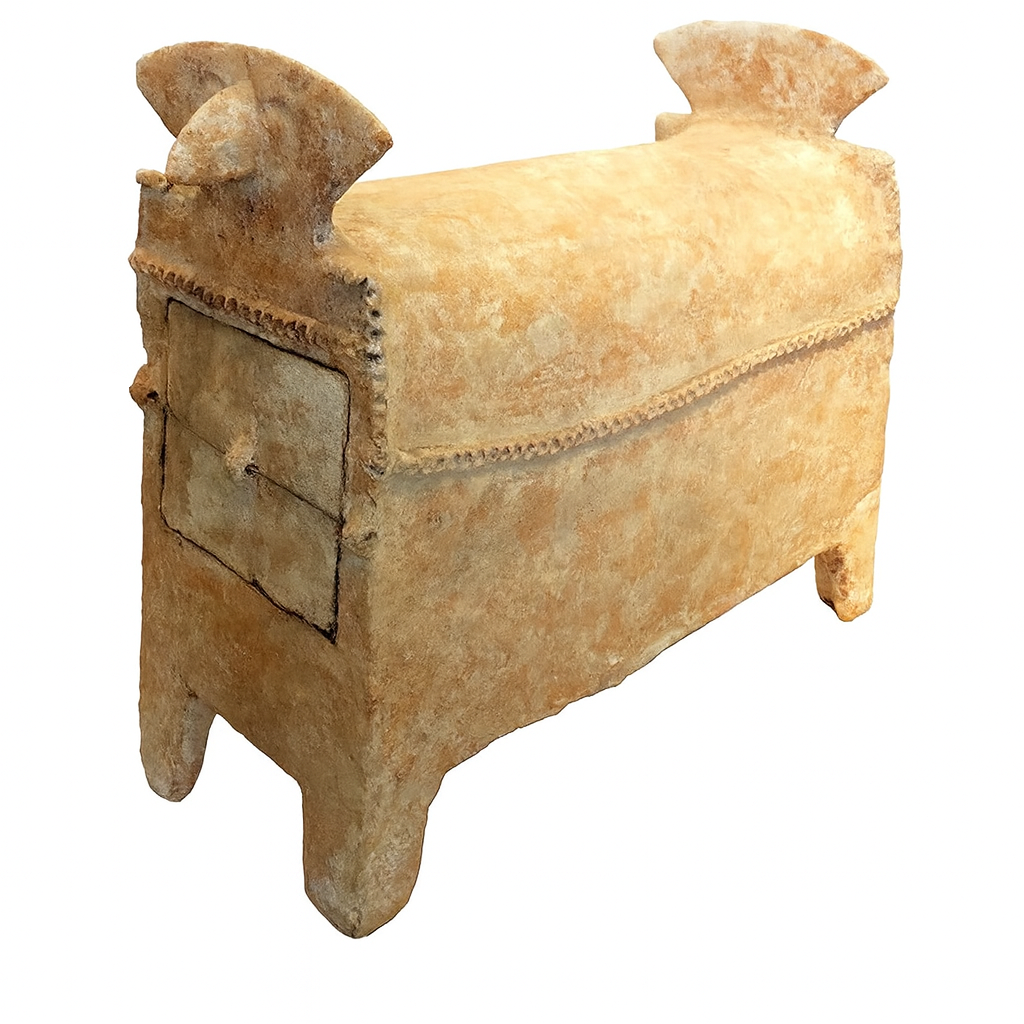The Biblical Archaeology
Institute
B.A.I
The Biblical
Archaeology
Institute
Where Archaeology
Brings the Bible To Life
Revealing the World of the Bible in the New Testament Through Archaeology, Research, and Global Exhibitions
The Biblical Archaeology Institute (B.A.I) was established to bridge the worlds of research and archaeology for researchers, educators, and the general public, revealing the stories of the Old Bible and the New Testament not as distant legends, but as a living reality that can be seen, touched, and felt.
Our Institute views archaeology as a universal language of knowledge, discovery, and human curiosity that bridges cultures, peoples, and faiths, a universal language of knowledge, discovery, and human curiosity.
At the Core of the Institute’s Mission Are Two Principal Areas of Focus
Extensive Scientific Documentation
Of the most significant archaeological discoveries ever made in Israel and Trans-Jordan, through an advanced digital platform that makes thousands of artifacts, collected over more than 150 years of excavation and research, accessible to scholars and the public alike. These artifacts are currently held in museums, research institutions, and private collections around the world.
International Traveling Exhibitions
Bringing the world of the Old Bible and the New Testament to millions of visitors worldwide through a rare combination of authentic archaeological artifacts, advanced technology, and vivid storytelling from the very land where the sacred texts were born and written. These exhibitions invite visitors to encounter the past up close, to see, hear, and feel history come to life.
Selected Archive Artifacts


